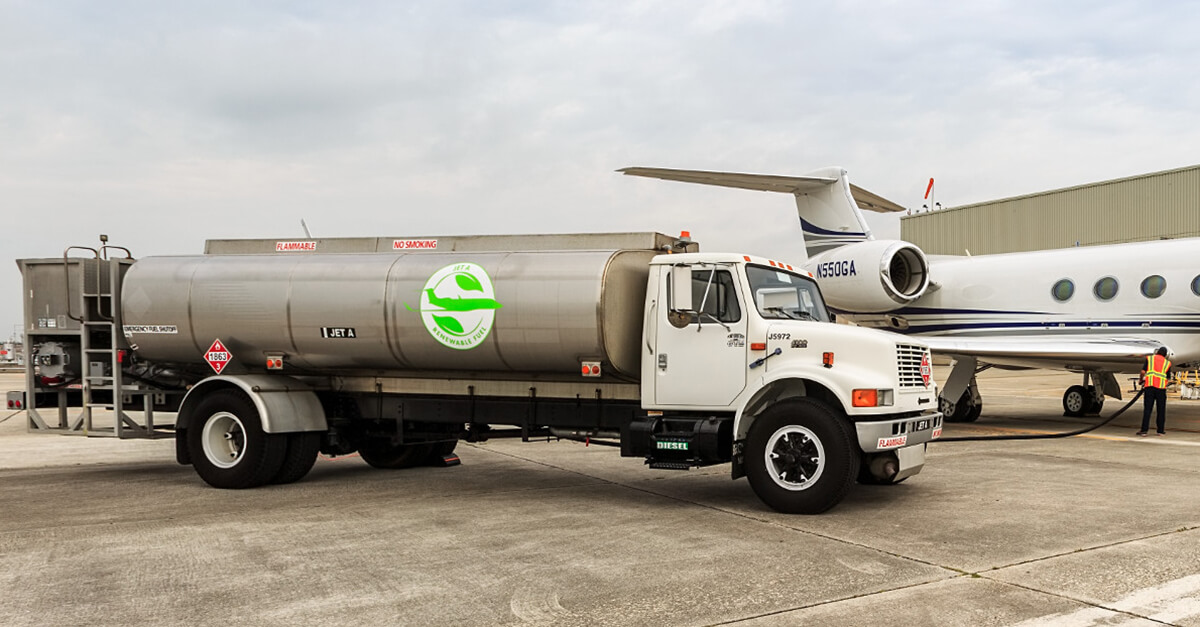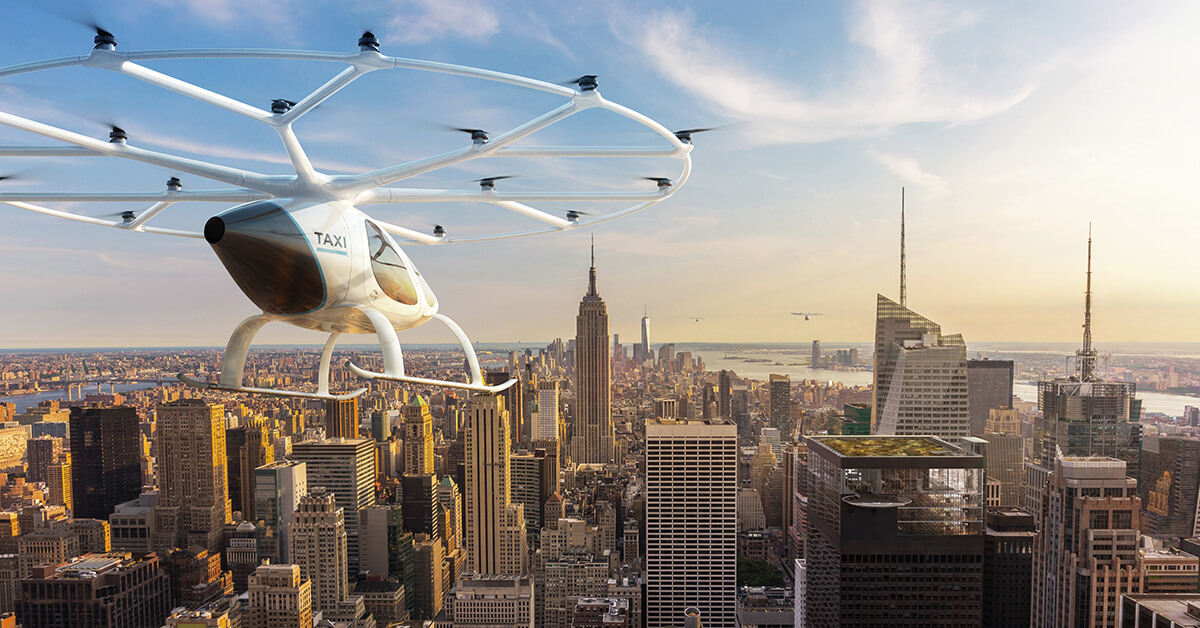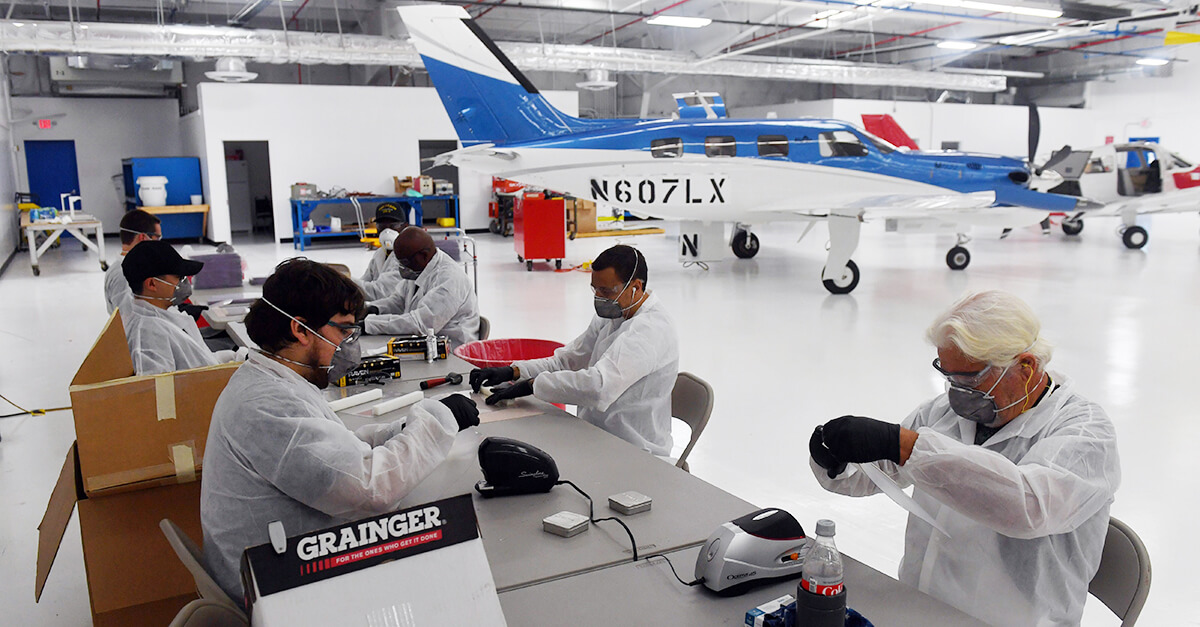Dec. 31. 2020
This pandemic year introduced challenges unseen by all manner of industries, including business aviation, yet its pioneering spirit remained intact, with bright lights pointing to innovation, and an eye toward new horizons.

Among the year’s notable accomplishments was the ongoing progress toward the further sustainability of flight. Business aircraft OEMs, including Bombardier, Gulfstream and Textron Aviation, announced new initiatives to reinforce their sustainability goals, including the increased use of sustainable aviation fuel, or SAF. Several announcements in this regard were made as part of the first-ever, two-day 2020 Virtual Business Aviation Sustainability Summit, held in September.
“Along with our partners in the SAF Coalition, NBAA brought together OEMs, operators and technical experts to engage in an important dialogue about how far, and how fast we can go in the availability and use of SAF,” said Stewart D’Leon, NBAA director, technical operations. “We’re already seeing the fruits of this endeavor, and there’s much more to come.” D’Leon noted that the coalition’s work is continually updated through its website.

The industry also moved closer in 2020 to a future that includes next-generation Advanced Air Mobility transport, as a bevy of manufacturers continued development of advanced air mobility (formerly known as urban air mobility) and electric-powered vertical takeoff and landing vehicles. Cargo operations utilizing unmanned aircraft systems also gained greater prominence, including through socially distanced deliveries of COVID-19 testing kits with volunteer aircraft and via UAS.
“We are excited to see what the coming year holds, as this emerging industry continues to show resilience in the face of adversity and overcomes the hurdles to mainstream operations,” said Heidi Williams, NBAA director for air traffic services infrastructure.
Investments and research into renewed supersonic travel were also a part of the industry’s calendar. NBAA welcomed the continuing transition with guidance for the FAA on noise standards, and a salute to a new concept in America’s heartland: the Kansas Supersonic Transportation Corridor for testing future civil supersonic aircraft designed to reduce or eliminate the effects from “sonic booms” at ground level.
Of course, business airplanes have always been offices in the sky, and the march in that direction continued apace in 2020. More than ever, emerging 5G connectivity solutions are allowing passengers to maintain seamless contact with those on the ground throughout a flight, increasing efficiency and productivity. The connectivity also offers key safety advantages for flight crews and aircraft maintenance technicians, allowing continuous monitoring of aircraft systems in real-time.
While NBAA welcomes the new technology, the association has also worked to ensure its safe introduction for business aviation. Review NBAA’s efforts to limit 5G interference with critical safety systems.

Despite these and many other advances, perhaps the most significant demonstration of the industry’s resolve in 2020 has been its steadfast humanitarian efforts throughout the COVID-19 outbreak. From the earliest days of the pandemic and continuing today, countless companies reconfigured their operations to manufacture facemasks and other personal protective equipment, while flight operations and individuals donated supplies, funding, aircraft and time to assist those in need. Read more about how business aviation lent a hand this year.
“During one of the most challenging times we’ve ever faced as a country and as an industry, the business aviation community rose up to help towns and citizens impacted by COVID-19,” said Doug Carr, NBAA’s vice president of regulatory and international affairs. “I believe this resilient spirit will continue forward as we realize new potential to grow and thrive in the year ahead.”


 International Business Aviation Council Ltd.
International Business Aviation Council Ltd.